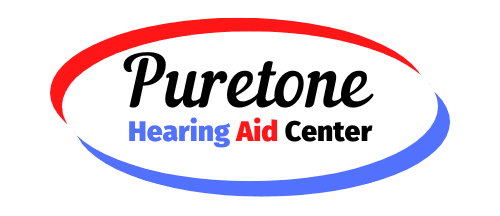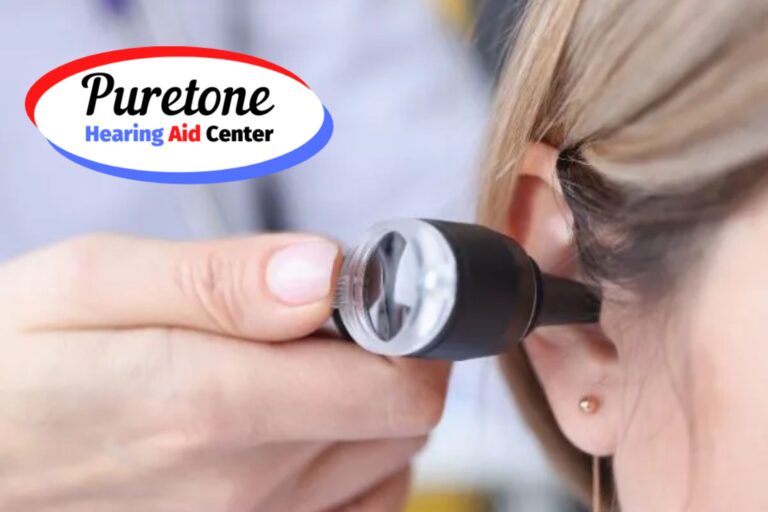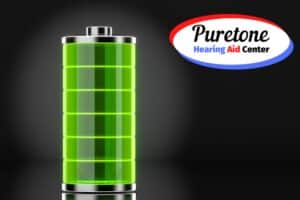Proper maintenance and cleaning are crucial for optimizing the performance and longevity of your hearing aids. In this article, we will discuss the importance of regular care and share valuable tips on how to clean your hearing aids effectively. We will also address the issue of earwax buildup and provide safe methods to address it.
Understanding Hearing Aid Components
To ensure smooth functioning, it’s essential to have a basic understanding of the different parts of a hearing aid. These include the microphone, amplifier, receiver, and battery compartment. Each component plays a vital role in capturing sound, amplifying it, and delivering it to your ears. By keeping these components clean and functional, you can enjoy optimal hearing aid performance.
Daily Maintenance Tips
1. Removing and inspecting: Take a few minutes each day to remove your hearing aids and inspect them for any debris or earwax buildup. Look for any signs of blockage that may affect the sound quality.
2. Cleaning with a soft, dry cloth: Gently wipe the surface of your hearing aids with a soft, dry cloth. This will help remove any dust, dirt, or oil that may have accumulated.
3. Using a wax pick or brush: Use a wax pick or brush, specifically designed for hearing aids, to clean small openings or vents. This will prevent any earwax from clogging these essential channels.
4. Checking and replacing batteries regularly: Make it a habit to check your batteries regularly and replace them as needed. This will ensure uninterrupted power supply to your hearing aids.
Weekly Cleaning Routine
1. Deep cleaning with mild soap and water: Once a week, you should perform a deep cleaning of your hearing aids. Use a mild soap and water solution to gently clean the external surfaces. Be careful not to immerse the hearing aids completely, as excessive moisture can damage the delicate components.
2. Properly drying the hearing aids: After cleaning, it’s crucial to dry your hearing aids properly. Use a soft cloth or tissue to remove any excess moisture. You can also leave the battery compartment open overnight to allow them to air dry.
3. Cleaning and replacing wax filters or domes: Many hearing aids have wax filters or domes that prevent earwax from entering the device. Check these filters regularly and clean or replace them as instructed by your hearing healthcare professional.
4. Using a hearing aid dehumidifier: Consider investing in a hearing aid dehumidifier. These devices effectively remove excess moisture and help prolong the lifespan of your hearing aids.
Addressing Earwax Buildup
Earwax buildup can significantly impact the performance of your hearing aids. Here are some suggestions for safely removing earwax from your devices:
1. Signs and symptoms of earwax buildup: If you notice decreased sound quality, muffled sounds, or increased feedback from your hearing aids, it may indicate earwax buildup. Additionally, itching or discomfort in the ear can also be signs of excessive wax accumulation.
2. Safe methods to remove earwax: To remove earwax from your hearing aids, use a wax pick or brush provided by your hearing healthcare professional. Never use sharp objects or cotton swabs, as they can push the wax further into the device or damage the delicate components.
3. When to seek professional assistance: If you are unsure about cleaning your hearing aids or if you experience persistent ear discomfort or excessive earwax buildup, it’s best to seek professional assistance. Your hearing healthcare provider can safely remove the earwax and ensure the proper functioning of your hearing aids.
Additional Tips for Long-Term Care
To ensure the longevity of your hearing aids, here are some additional tips to keep in mind:
1. Storing hearing aids in a protective case: When not in use, store your hearing aids in a protective case. This protects them from dust, moisture, and accidental damage.
2. Avoiding exposure to excessive heat or moisture: Avoid exposing your hearing aids to extreme heat or excessive moisture. Remove them before swimming, bathing, or participating in vigorous physical activities that may cause excessive sweating.
3. Regularly scheduling professional cleanings and check-ups: Schedule regular cleanings and check-ups with your hearing healthcare professional. They can thoroughly clean your devices and address any underlying issues that may affect their performance.
Proper maintenance and cleaning of your hearing aids are essential for optimal performance and longevity. By following these tips and addressing earwax buildup, you can enjoy clear and comfortable hearing. Remember to consult your hearing healthcare professional for any concerns or assistance with cleaning and maintaining your hearing aids. Invest in the care of your hearing aids to improve your overall hearing health and quality of life.



